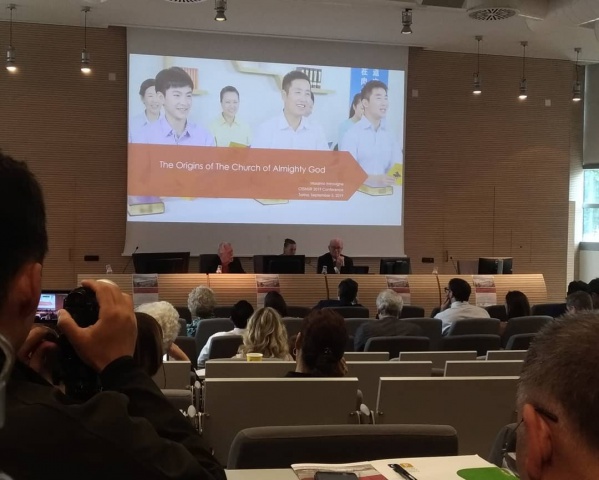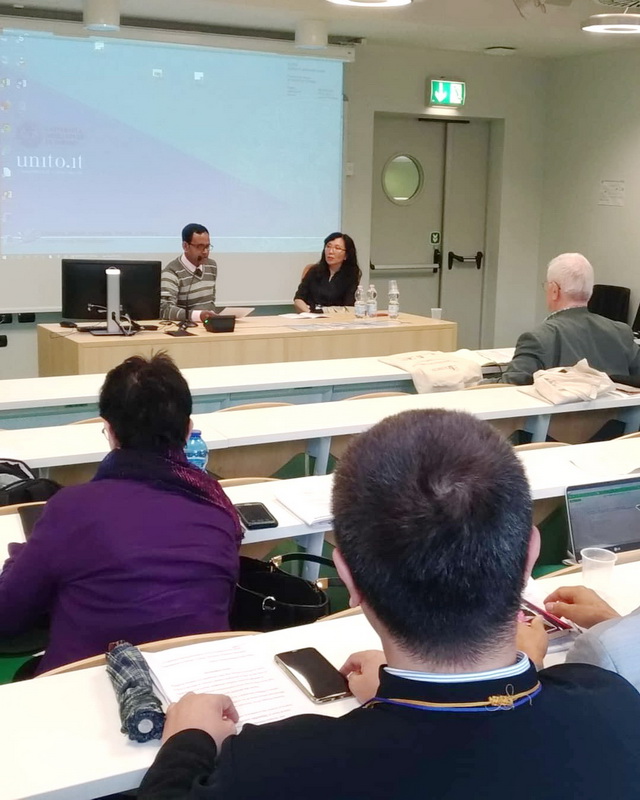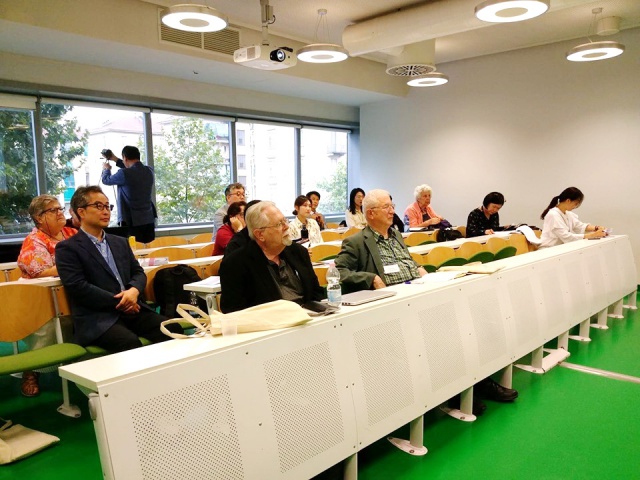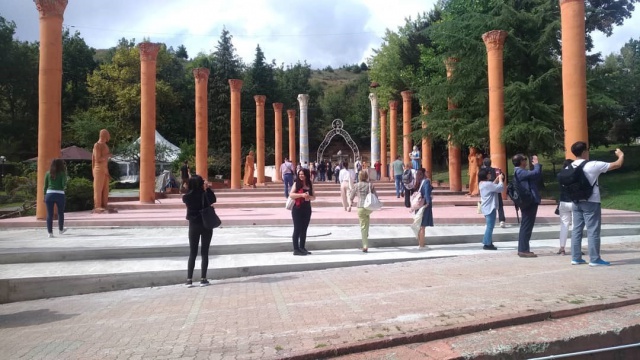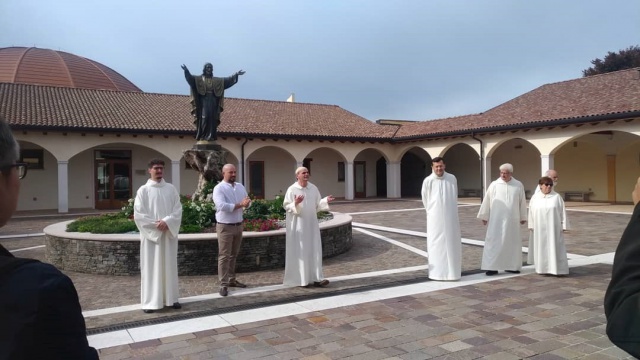CAO DAI AT THE 2019 CESNUR CONFERENCE IN TURIN ITALY – SEP 2019
Updated 2019-11-04 00:41:25
(Turin, Italy, Sep 7, 2019 – Reported by Rev. Canh Tran)
Mr. Mohammad Jahangir Alam, Associate Professor at the Department of World Religions and Culture of the University of Dhaka, Bangladesh, attended the 2019 CESNUR Conference, held in Turin, Italy from September 5-7, 2019. The major theme of the conference was Re-enchanting the World: Spiritualities and Religions of the Third Millennium. The conference was co-organized by Center for Studies on New Religions (CESNUR), Contemporary Religions and Faith in Tradition (CRAFT), Department of Cultures, Politics and Society of the University of Turin, Italian Association of Sociology (AIS) and International Society for the Study of New Religions (ISSNR).
We are delighted to know that Mr. Mohammad Alam represented the Cao Dai Overseas Missionary in the conference. The paper he presented in the 20th session of the conference was “A Critical Analysis in Quest of the Relationship between Caodaism and New Religious Movements: Comparison and Appraisal”. Over 100 delegates from around 30 countries attended the 43 sessions of the 2019 CESNUR Conference. The conference was followed by a wonderful and fascinating field trips to the two main new religious movements in the Province of Turin: the Church Universal Soul and Damanhur. First the delegates were welcomed at the Church Universal Soul where they saw its facilities and visited beautiful temples and had a delicious lunch. Then the delegates proceeded to Damanhur, where they visited the Open Temple and the underground Temples of Humankind, and the trip was concluded with the conference’s banquet at Damanhur Crea International Center
In Alam’s paper, a considerable attention has been given to the clarification of diverse circumstances in which new religious movements emerge even due to the presence of a bias against them. As he mentions, this phenomenon may be termed as a common picture of contemporary religious movements. This is actually the basis of the argument of Alam’ss paper, he has claimed. Thus, this paper proceeds by presenting some of the different socio-historical contexts so as to evaluate the origin of new religious movements and understand their common features and the manners by which new religious movements come into agreement with Caodaism.
As Mr. Alam concluded his paper, a special feature of the new religion, which drew many people to them, was that their leaders gave a kind of personal guidance to the believers. In case of Caodaism, Ngo Van Chieu, Le Van Trung and His Holiness Ho Phap Pham Cong Tac (the Defender of the Law) were concerned with the same role. Like any new religion, Caodaism tends to be quite simple regarding its doctrines and ceremonies. Moreover, most of the New Religions may come into agreement with Caodaism regarding a strong eschatological character. As per Caodaism, the Third Great Way of Universal Salvation of God points to a bright and cheerful life sometime in the future in this world. However, with special reference to Straelen’s clarification, an expert on NRMs, as Mr. Alam presented his view, among the New Religions, Caodaism seems to have appeared as more representative and important than others because of its doctrine, size, or history. Caodaism like some of the New Religions has already reached the stage of development where it can be classified as established religion. Thus, it stands to this reason, as per Mr. Alam, when we speak of Caodaism we refer it to an organized religion like Hinduism, Buddhism, Christianity and Islam. In fact, like Caodaism, the simple, direct, and practical beliefs and practices of new religions equally appeal to the masses who do not feel at home with the complex doctrines of established religions.

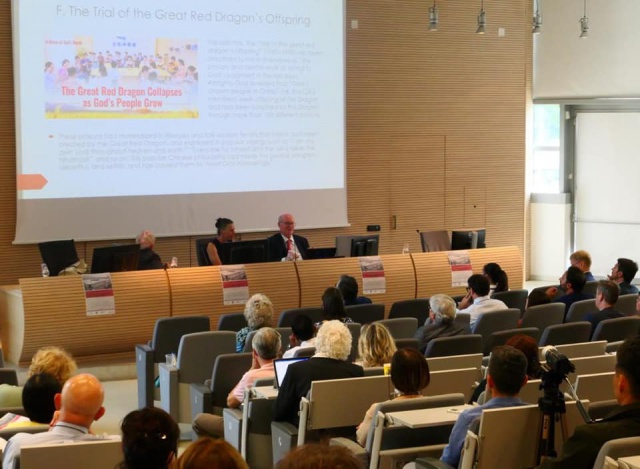
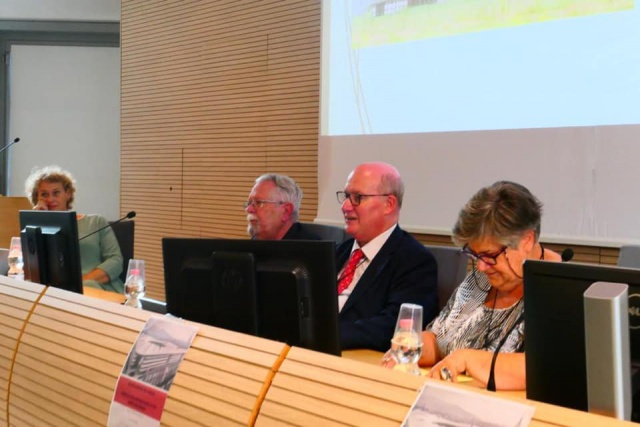
(from left) : Rosita Soryte, Ed Irons, Massimo Introvigne and Bernadette Rigal Cellard
(left) Prof. Mohammad Jahangir Alam
Open Temple of Damanhur, Turin, Italy
The Church Universal Soul, Turin, Italy



